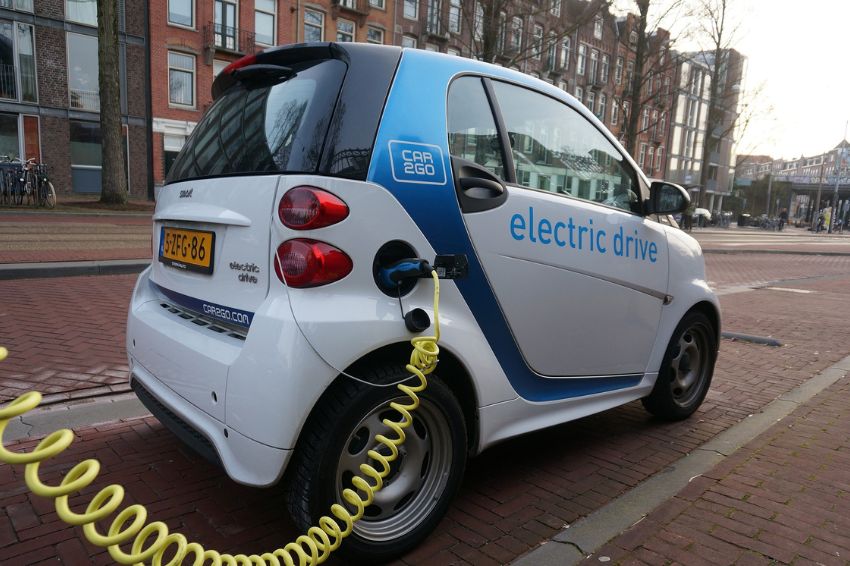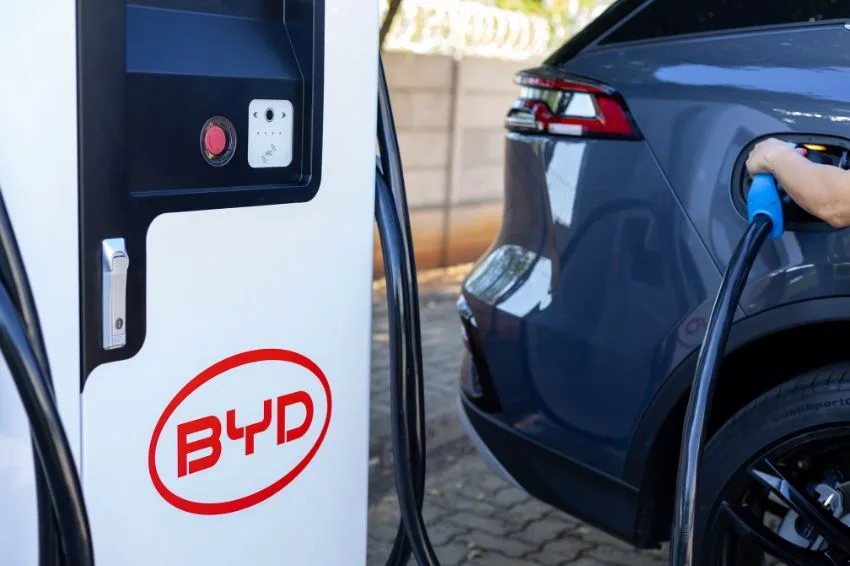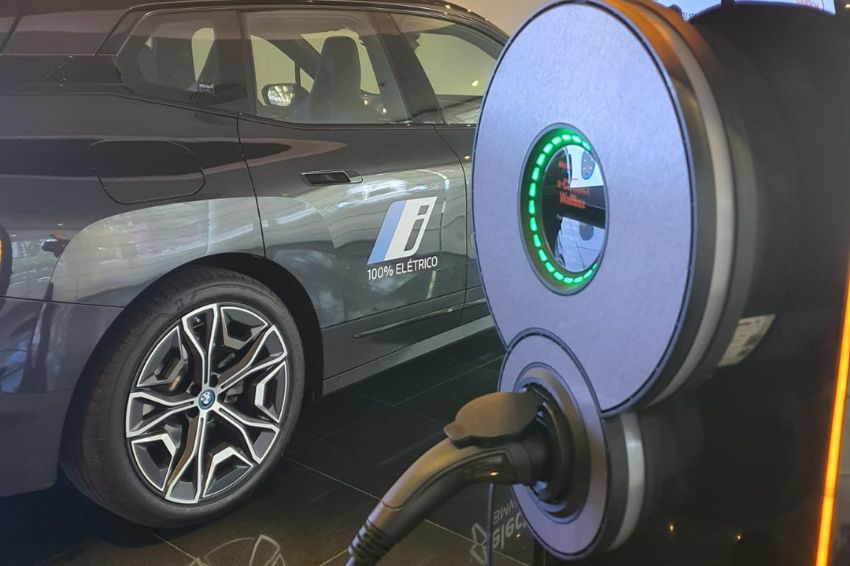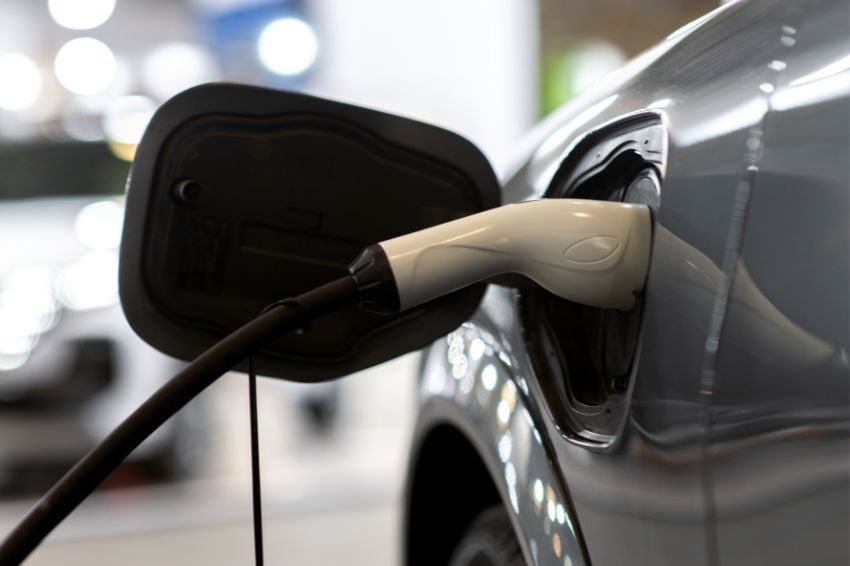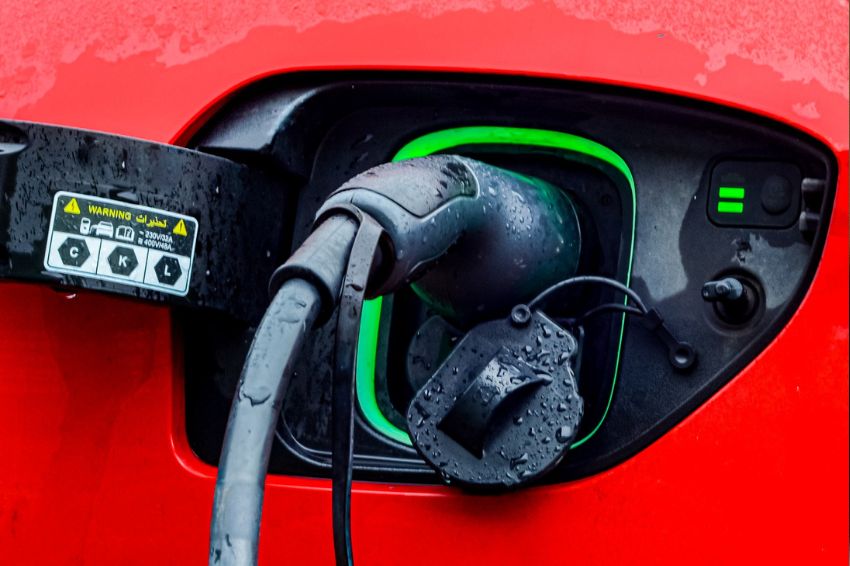The electrification of transport has gained relevance in Brazil and around the world. However, the vehicle price, The charging infrastructure and the battery supply continue to be barriers for fleet development.
This is what the electromobility notebook, launched this week by Ministry of Mines and Energy (MME) and for Energy research company (EPE), within the scope of the Ten-Year Energy Plan 2032.
According to the document, at the end of 2021, the global fleet of electric vehicles (EVs) exceeded 16 million, with particular emphasis on the growth recorded in 2020 and 2021. It is estimated that sales in 2022 could reach 10 million. “It still represents a small proportion of the global fleet of 1.3 billion vehicles, but it is growing rapidly.”
The expansion of electric vehicles begins to reach significant shares of sales in regions such as China, USA and Europe. This was made possible, among others, by the increase in autonomy and the increasing availability of new electric models, in addition to the drop in battery prices.
According to EPE, there are more than 400 models of EVs, some with autonomy exceeding 300 kilometers. This greater availability and autonomy attracts more potential buyers.
The availability of public chargers has also increased, especially in China and Europe, places where sales are growing faster. According to an EPE survey, there are more than 600,000 fast chargers and 1.2 million slow chargers in operation around the world.
The prices of EVs are still a barrier, as they are on average 50% higher than their combustion counterparts in Europe and the USA, although in China they are starting to catch up. Therefore, government subsidies are essential for the dissemination of EVs.
Batteries
Global demand for electric car batteries doubled in 2021 to 350 GWh. Even in the most conservative scenario of the International Energy Agency (IEA), this demand tends to more than fivefold by 2030, and could be multiplied tenfold in the most optimistic scenario.
In this context, there is a possibility of a battery shortage, despite the construction of battery gigafactories (from 40 GWh) in the USA, Europe and China, and the announcement of more. “Even considering possible increases in future supply, for the most optimistic scenarios of electric vehicle adoption, there may not be sufficient battery production capacity.”
Over the past decade, the cost of lithium-ion batteries has fallen by 90%, largely due to reduced manufacturing costs resulting from economies of scale.
“Battery production capacity requires more investment to keep up with demand. This imbalance between supply and demand is starting to be reflected in prices, increasing uncertainty about the future of battery prices, which could make it difficult to adopt electrification at the proposed speed.”
Scenario
Government subsidies and public and private investments in public charging networks also help in the choice to adopt this technology.
Automakers, motivated by regulation, are increasingly investing in electrification, and are publishing goals that could promote accelerated penetration of this new technology. This should see demand for batteries skyrocket over the next decade.
Governments will have to find new sources of revenue to finance themselves if the demand for fossil fuels suffers a significant reduction, which could force them to increase taxes on alternative technologies, slowing their adoption. The cost of infrastructure can also be a challenge for less developed countries, with greater territorial extension, and with more dispersed populations.
Decarbonization
Different countries have different motivations for accelerating transport electrification. China and India have high levels of local pollution and high dependence on imports of oil and natural gas. Furthermore, China seeks technological leadership. The USA also competes for technological leadership and global hegemony. Europe has heavy dependence on oil and gas imports, as well as renewed concerns about energy security and pressure from its population to act against global warming.
Brazil does not suffer the same pressures to quickly electrify its fleet, as it is little dependent on energy imports, does not compete for technological leadership, biofuels are disseminated, does not have the same emergency to reduce local pollution, and because of the difficulty of affording subsidies necessary to stimulate electrification in the short term given the need to promote growth and income distribution.
The availability of renewable fuels allows Brazil to wait for the global EV industry to develop before committing to targets. However, the electrification of vehicles has gained relevance in Brazil, being stimulated by state and municipal incentives, such as exemption from car rotation and tax discounts. According to EPE, the fleet of BEV (battery electric vehicles) and HEV (hybrid vehicles) in the country should exceed 1 million units in 2030.
According to the Brazilian Electric Vehicle Association (ABVE), sales in 2022 (49,235) were 41% higher than those in the same period in 2021 (34,990), which had already been 77% higher than those in 2021 (19,745). With these numbers, the total fleet of light electrified vehicles (cars + light commercial vehicles) in circulation in Brazil exceeded 130 thousand vehicles, from 2012 to January 2023.
Bus electrification in Brazil
The electrification of heavy vehicles is a challenge due to the required size and weight of the batteries, so that these trucks and buses have the autonomy and traction capacity necessary to carry out the same work.
The electrification of transport tends to require an increase in public transport fares, due to the higher purchase price of vehicles, initial investments in charging infrastructure, and an increase in the fleet in case a city adopts the complete electrification of its fleet .
Electrification still has significant barriers in the short term, due to the purchase price of buses and charging infrastructure, which restricts the number of municipalities likely to adopt this technology in the short term.
Despite this, pressure for decarbonization should accelerate the penetration of electric buses, especially in some capitals. The purchase of battery electric buses (BEV) has been announced by several Brazilian cities, such as São Paulo, São José dos Campos, Salvador and Curitiba.
Truck Electrification
The number of medium and heavy electric path models has started to grow over the last few years, and only in some countries. The number of models available globally increased by 50% in 2022 alone, from 190 to 290.
Heavy trucks are still in the final stages of testing and most current sales are concentrated in light and medium trucks in jurisdictions with some type of subsidy, such as the US, Europe, Canada and China.
In addition to the range and weight of the battery, the price is also an obstacle, which explains the granting of subsidies that can reach more than a third of the value of the electric vehicle.
Trucks with internal combustion engines, powered by diesel oil, are expected to remain predominant; however, it is projected that electric, hybrid and natural gas trucks will gradually penetrate the Brazilian fleet over the ten-year horizon. The sale of electric trucks and buses and CNG increased from a few dozen in 2020, to 408 in 2021, and 1004 by November 2022.
ESG pressures and the possibility of negotiating the purchase of electricity on the free market, in addition to the possibility of distributed generation, also encourage the adoption of electric trucks.


